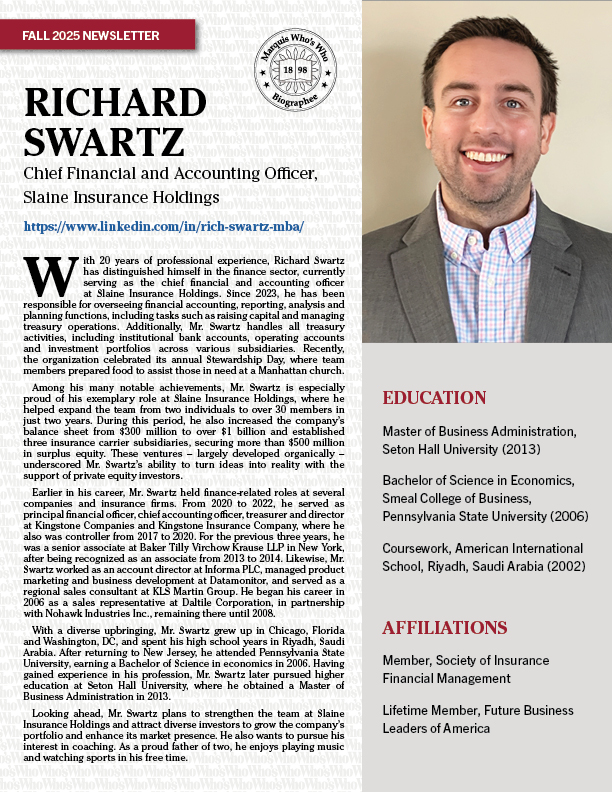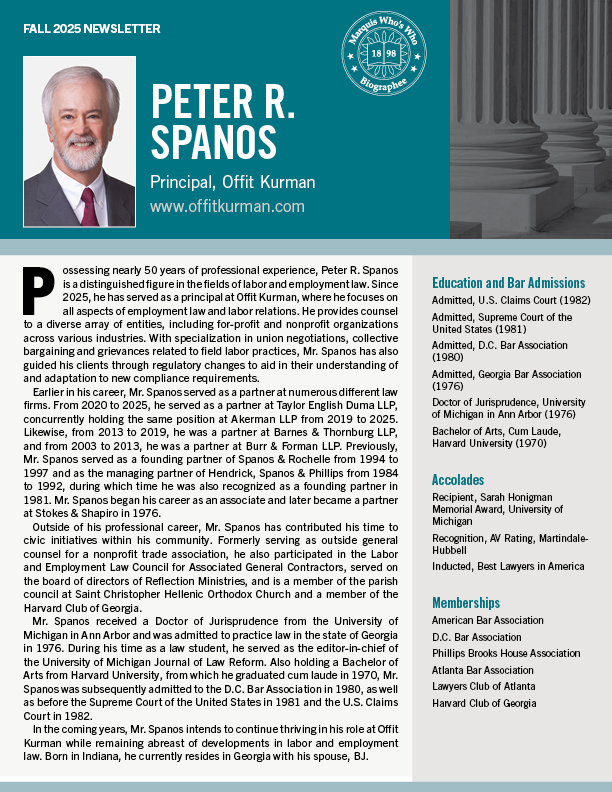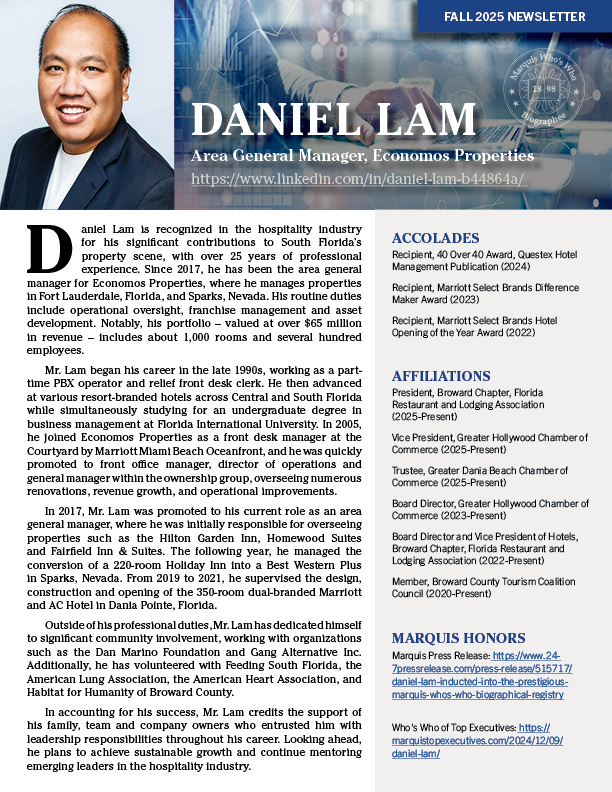
Influenced in his formative years by his excellent mathematics and science teachers, Dr. John Millener is a native of Auckland, New Zealand, who has traveled extensively in pursuit of education and greater opportunities for his career. Attending the University of Auckland, he earned a Bachelor of Science and Master of Science in 1966 and 1968, respectively, before relocating to England to attend the University of Oxford on a Rhodes Scholarship. Receiving his Doctor of Philosophy in 1972, he remained at Oxford for the subsequent three years as a postdoctoral fellow.
Dr. Millener immigrated to the United States in 1976 to take up an appointment as an assistant physicist at Brookhaven National Laboratory in Upton, New York. Promoted to associate physicist in just one year, he served in that capacity until 1980 upon attaining the rank of a full physicist. Dr. Millener held the role of physicist for 33 years until 2013 when he ultimately stepped down to serve as a guest scientist – a role he still holds today. During his tenure, he has conducted a plethora of research in nuclear structure and hyper-nuclear physics.
Alongside his primary feats, Dr. Millener has also excelled as the associate editor of Physical Review C since 2002, for whom he previously sat on the editorial board. Throughout his longstanding career, he has also served as a contributor of more than 80 articles to scientific journals. Some of his most noteworthy works have included his co-authorship of such publications as, “Spin Dependence of the ΛN Effective Interaction” from 1985, “Strong E1 Transitions in 9Be, 11Be, and 13C” from 1983 and “The Particle-Hole Interaction and the Beta Decay of 14B” from 1975.
Most notably, Dr. Millener went on a sabbatical leave to serve the National Institute for Nuclear Theory in Seattle in 1992. Elected a fellow of the American Physical Society in 1993, he has also been invited to 41 conference talks and has contributed to four review articles, as well as edited one conference proceeding. An acting group leader of Nuclear Theory in 1997, he was also a member of the DNP Program Committee in 1997 and the U.S. PAC, IUCF from 1995 to 1997. Between 2002 and 2004, he also flourished as a member of the Triangle Universities Nuclear Laboratory’s Nuclear Data Project.
Among the notable highlights of his career, Dr. Millener is most proud of his early papers, which are still cited extensively through the present day. Living with his partner, Madeline P. Windsor, for many years, he has been honorably recognized as a Marquis Humanitarian, Top Scientist and recipient of the Albert Nelson Marquis Lifetime Achievement Award. Likewise, he was selected for inclusion in the first edition of Who’s Who in Science and Engineering in 1992.


